How to be a greener cyclist: 10 steps you can take to reduce your cycling carbon footprint
CW takes a look at how we, as cyclists, can contribute even more to the upkeep of the planet

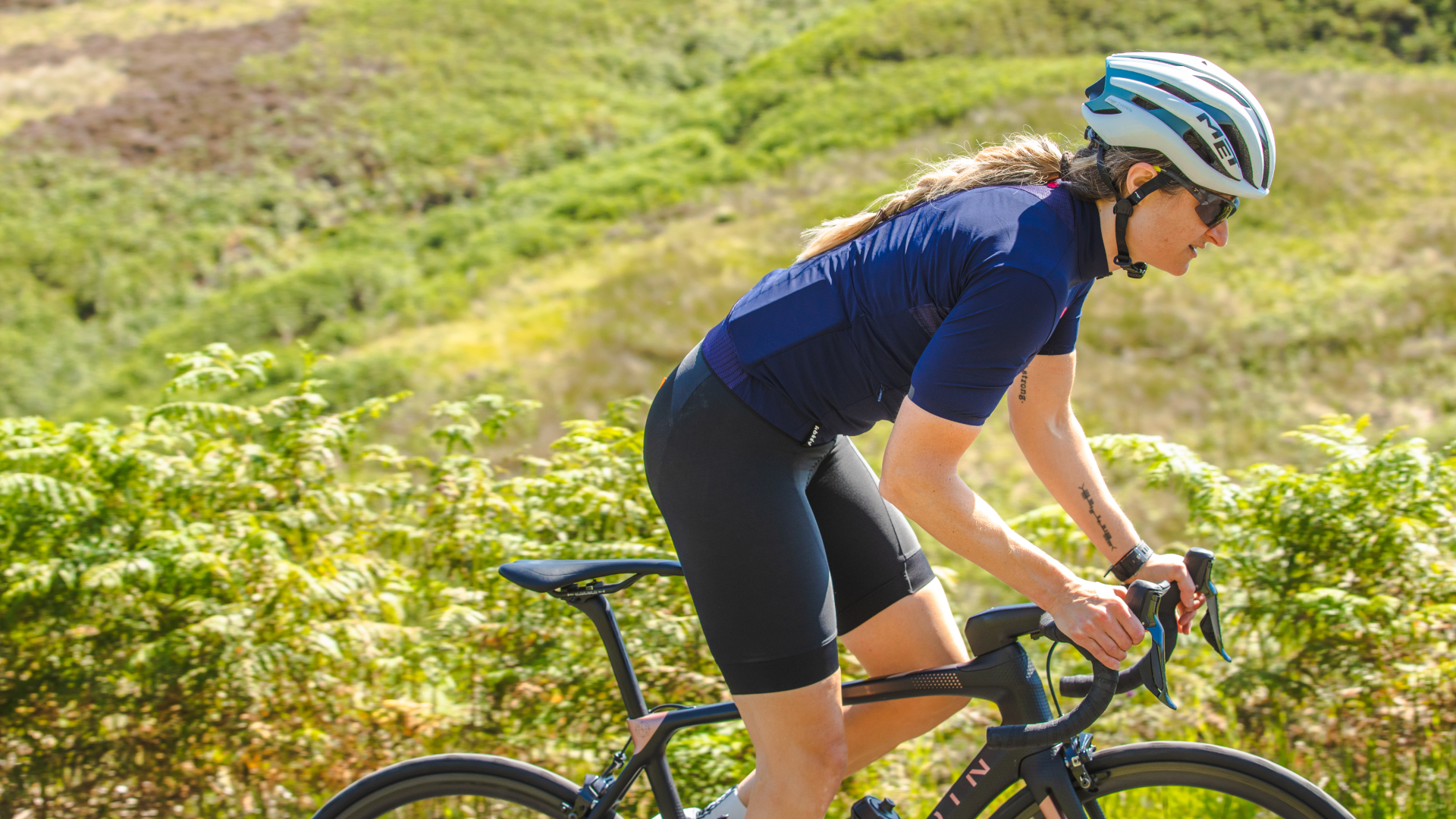
Recently I sobbed over an irreparable puncture.
Ugly big tears fell after multiple stressed phone calls to my partner, a taxi journey, and not being able to find the right tools.
I realise now that my sobbing wasn’t just about the puncture, or the premature end to the ride.
I was grieving over the realisation that my pledge of swapping car for bike fell, quite literally, flat. Even with the most stoic resolve to change my behaviour, the odds fell against me. We know that we need to talk more about sustainability and cycling, and we've even questioned is greenwashing rife in the cycling clothing market?
Clearly riding bikes alone isn’t enough, but we also need to recognise that at times it feels really hard.
I’m far from being an expert on this; in fact even writing this I’ve suffered a big dose of imposter syndrome, but what I’ve learnt so far in my sustainability journey is that it needs to be sustainable.
I’m coming to the conclusion that the smaller the changes we make as cyclists in a bid to reduce our collective carbon footprint, the more achievable they are, and the more likely we are to adopt them for life.
Get The Leadout Newsletter
The latest race content, interviews, features, reviews and expert buying guides, direct to your inbox!
The question is, how can we spot the opportunities that make positive change?
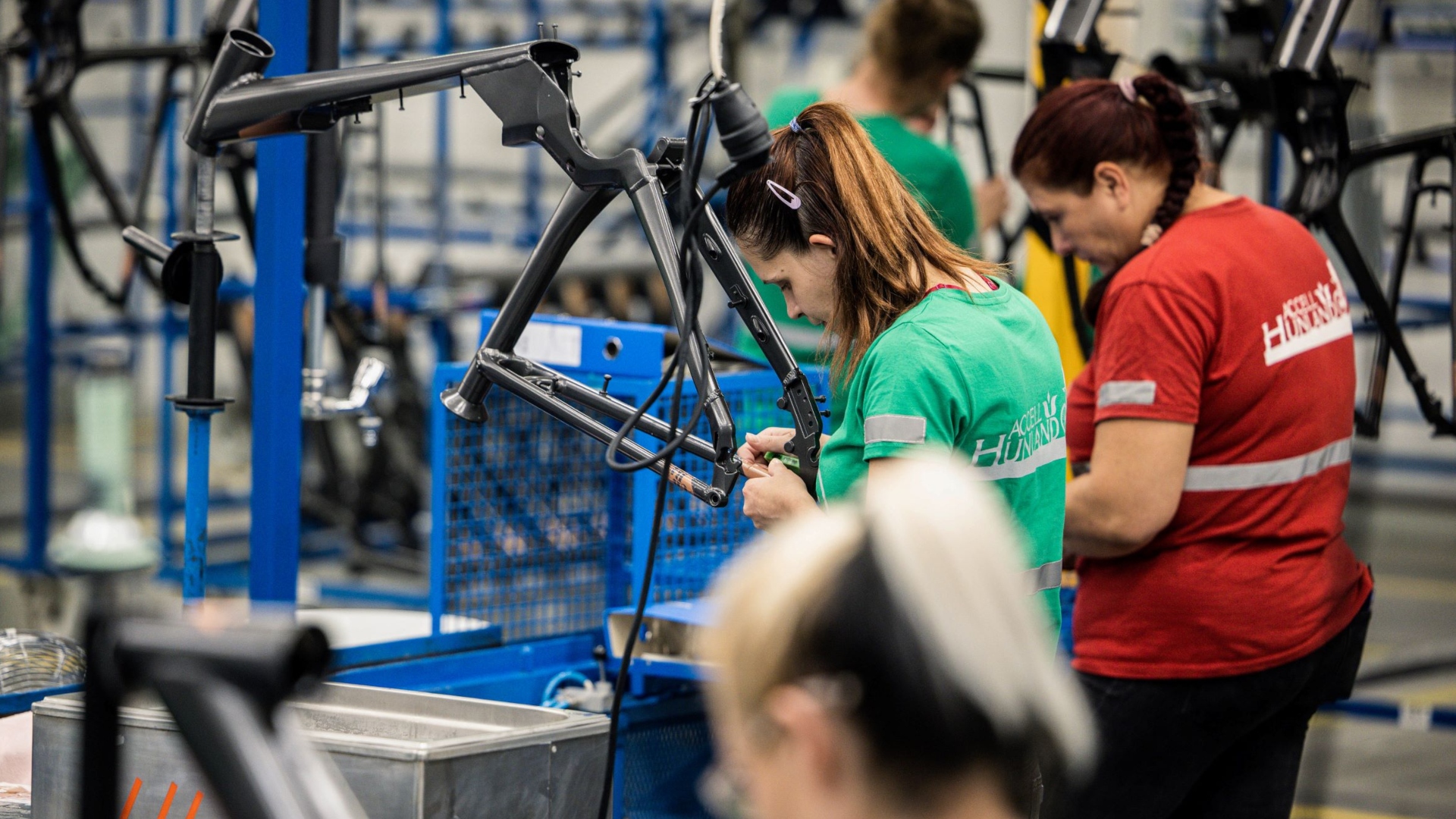
What's the carbon footprint of your carbon frame?
Bikes: how green are they?
According to calculations produced by the European Cyclists’ Federation, the majority of greenhouse gases from cycling are “linked to the extraction and manufacturing of the raw material needed to produce a bicycle”.
This assumed that the average commuter bicycle weighs 19.9kg, is composed of 14.6kg aluminium, 3.7kg steel and 1.6kg rubber, and that the bicycle will last eight years and cover a distance of 2,400km each year.
Using these assumptions, it estimated that bicycle production and maintenance accounts for approximately 5g CO2e5/km.
Or, according to several interpretations of the study, 96kg of CO2e.
However, Trek’s 2021 sustainability report calculates the Trek Madone at almost double that at 197kg CO2e, with the majority of the emission transfers caused by the frameset and wheels due to carbon-fibre processing.
Outside the cycling arena it can be choosing to reduce air miles, insulating our homes... however, when it comes to bike-related sustainability, it’s how and what you consume that goes a long way.
The problem is, we’re consuming too much. “The current linear economic system of ‘take, make, waste’ is not sustainable,” says Erik Bronsvoort, founder of Circular Cycling, an organisation working with the cycling industry on their sustainability implementation and management, and board member of a global not-for-profit Shift Cycling Culture movement.
Bronsvoort advocates for the cycling industry and community to transition to a circular economy which eliminates waste and pollution, recycles and reuses products, and in turn regenerates nature.
With a circular economy, everything from raw materials and energy source to end of product life is factored in, while addressing social needs such as education and employment.
That doesn’t mean to say transitioning to becoming more sustainable is straightforward, or easy. “Like it or not, that is how change works. It’s messy, chaotic and never straightforward. It’s hard to recognise until it is there,” Shift Cycling Culture reassures me.
Some outdoor brands are already in transit.
In late 2023 the founder and owner of outdoor adventure brand Patagonia, Yvon Chouinard, gave the entire business, estimated to be worth $3 billion, to fighting climate change.
The decision has been called ‘reimagining capitalism’ with all of Patagonia’s shares split between new owners Holdfast Collective and Patagonia Purpose Trust, which will ensure that profits are used to fight climate change, protect nature and biodiversity, while highlighting Patagonia’s ecological values.
It’s a mind-blowing step towards saving the planet, and probably the toughest act to follow for most brands. So is there some kind of barometer of sustainability that we can apply when looking for planet-saving purchases?
Absolutely, the key is to remember it’s not an overnight fix.
The main advice I’ve received on my sustainability journey is to be curious about your purchases and to remember that smaller changes will be easier to stick to, making them much more sustainable in the long run.
If you want to get started on your own sustainability journey here’s our list of practical advice for reducing your carbon cycling print.
How to reduce your carbon cycling print
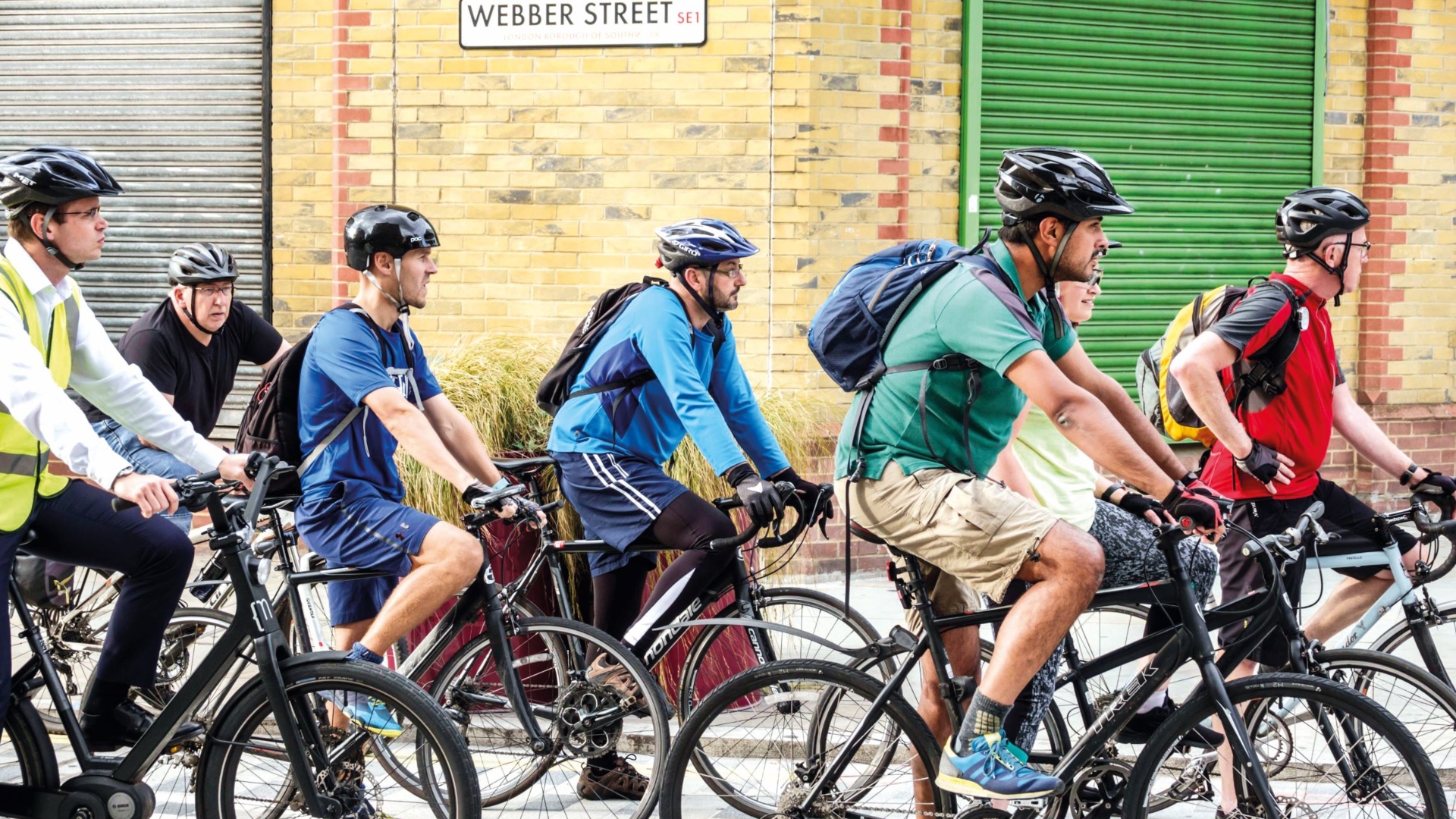
Pedal to work, pedal for the planet
1. Ride your bike more
It’s an obvious one, but according to the omni calculator, riding your bike to work just three times a week for the next month will reduce CO2 emissions by 24.14kg, and NOx emissions by 0.041kg, planting the equivalent of 37 trees.
It will also add an extra half a day to your life expectancy. You’ll still need to factor in the impact of manufacturing your bike; however, if you already own one, it will soon be carbon neutral.
2. Be curious
Be curious about how your cycling gear was made and ask where it comes from. “If consumers want to check what a brand is doing, a good place to start is checking if they have signed up to the Shift Cycling Culture climate change commitment,” says Bronsvoort.
“It means that they have at least started to think about its sustainability and begun the journey.”
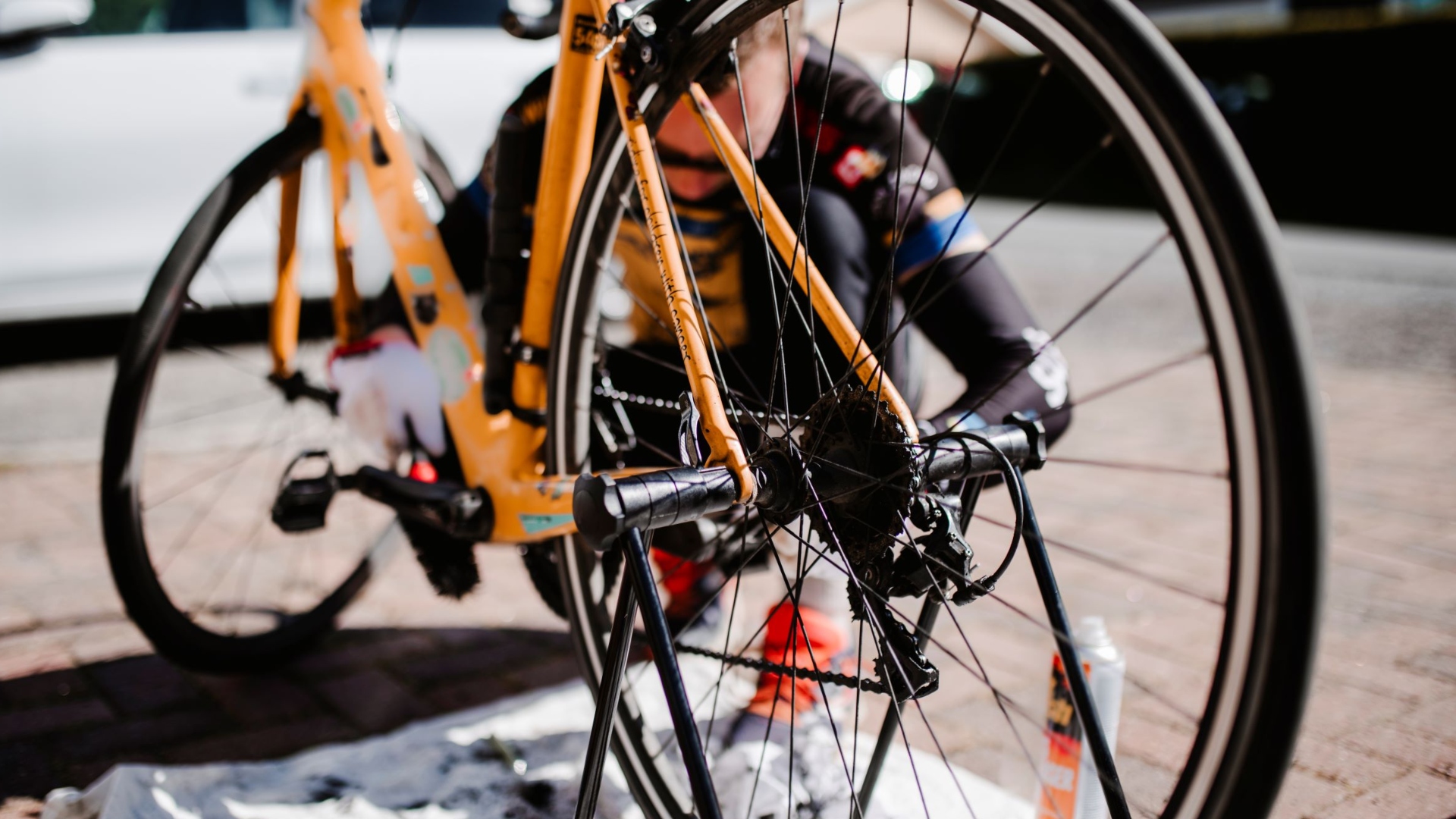
Regularly cleaning your bike can preserve it's life
3. Look after your cycling stuff
“I can’t stress the importance of bike cleaning,” says Steve Fearn, Muc-Off global cycling PR and comms manager.
“It sounds basic, but if you maintain your bike and equipment, it will keep your bike going for much longer and save in raw materials in having to replace it.”
It goes without saying to ensure that your bike cleaner is PTFE free and fully biodegradable.
4. Repair what you have
Some brands have an in-house repair service that will fix a product, often for free.
Alpkit repair centre will tackle any brand of clothing (and some outdoor gear) to help prevent it ending up in landfill.
5. Donate what you no longer want or need
“The perverse thing is that we do need people to buy things new, in order that we can continue getting donations,” says Adam Thomson, manager of The Charity Bike Shop, based in Manchester, who refurbish, reuse and resell cycling related gear.
There are similar bike-upcycling, often known as ‘bike kitchens’, projects all over the country. “You’d be surprised how much people would have thrown away,” says Thomson. “They come in here with a box of old gear that they were about to chuck, and we’ve been able to use all of it.”
Muc-off’s map

Muc-Off is already part of Shift Cycling Culture, and is mapping its sustainability journey in a quest to reduce its environmental impact.
“We’ve got our own Project Green initiative, where we’re on target to save over 200 tonnes of plastic compared to 2019. We aim to improve Muc-Off’s sustainability incrementally, one product at a time,” says Steve Fearn.
“We offer eco-refills in some stores, so you can reuse your bottles to eliminate even more waste.”
6. Aim for high standards
Aim for high standards and standardised designs. “Consumers need to push brands to use high quality standard parts to ensure they last longer,” says Bronsvoort. “The more intricate bike design becomes, the less reusable they are".
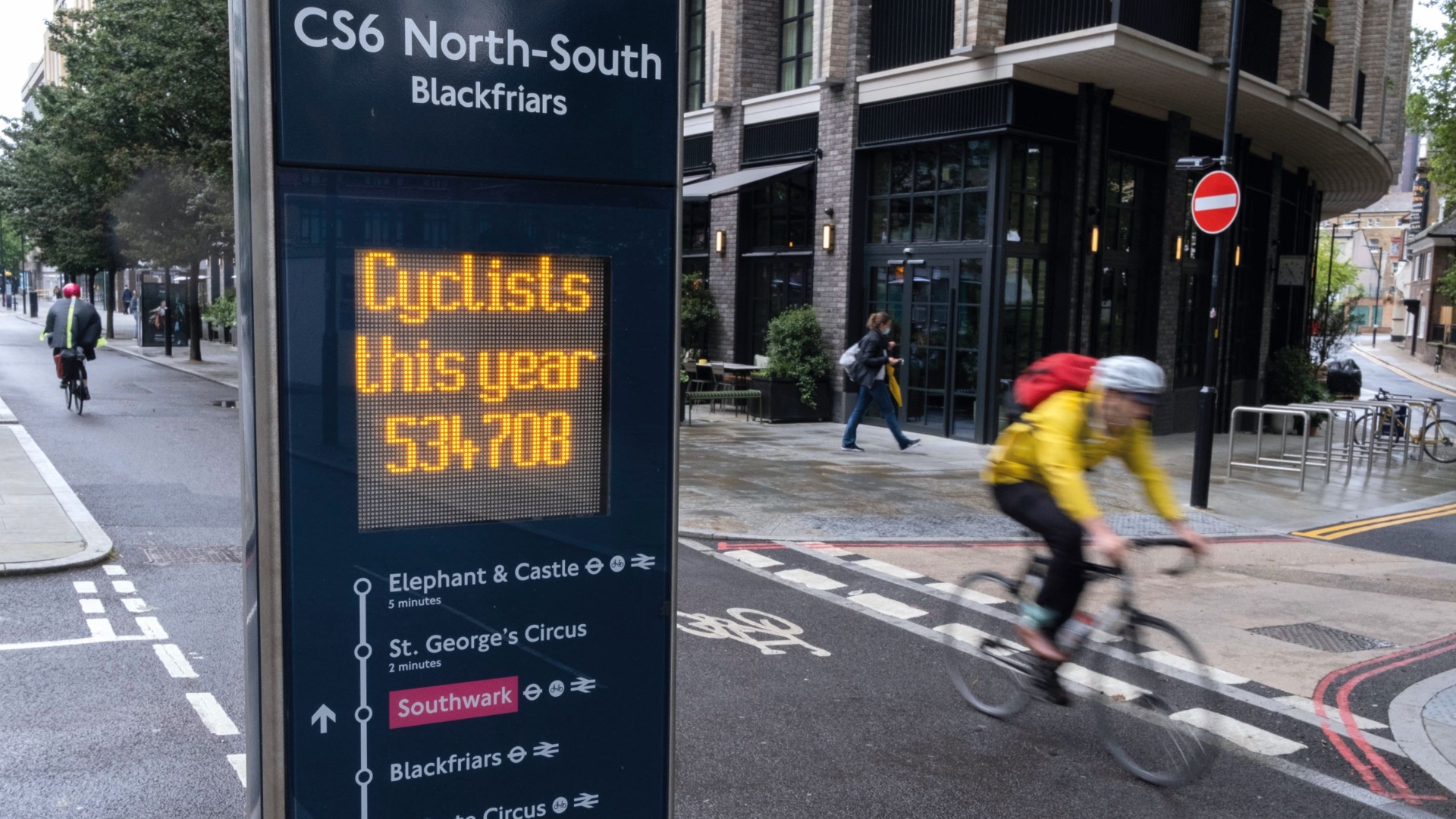
Add to the tally of those making a difference
7. Recycle old tires and inner tubes
There are 450 Velorim recycling centres located nationally which accept old tires and tubes for a small disposal levy, between 55p per tyre and 25p per tube. It’s then processed or recycled to produce a range of products from flooring to adhesive.

Separate your synthetics
8. Invest in a Guppy Friend bag
Every time we wash Lycra or polyester, microplastics are released into the water system.
Putting dirty kit in a Guppy Friend bag when washing ensures all the tiny fibres are captured, and can then be disposed of responsibly in a closed container. The independently tested and verified bags are sustainably and fairly made in Europe.
9. Start the conversation
"Take to socials and message the shops and brands you use about their sustainability,” says Bronsvoort.
“Get them to sign up to the Shift Cycling Culture climate commitment to start becoming more sustainable.”
The Charity Bike Shop
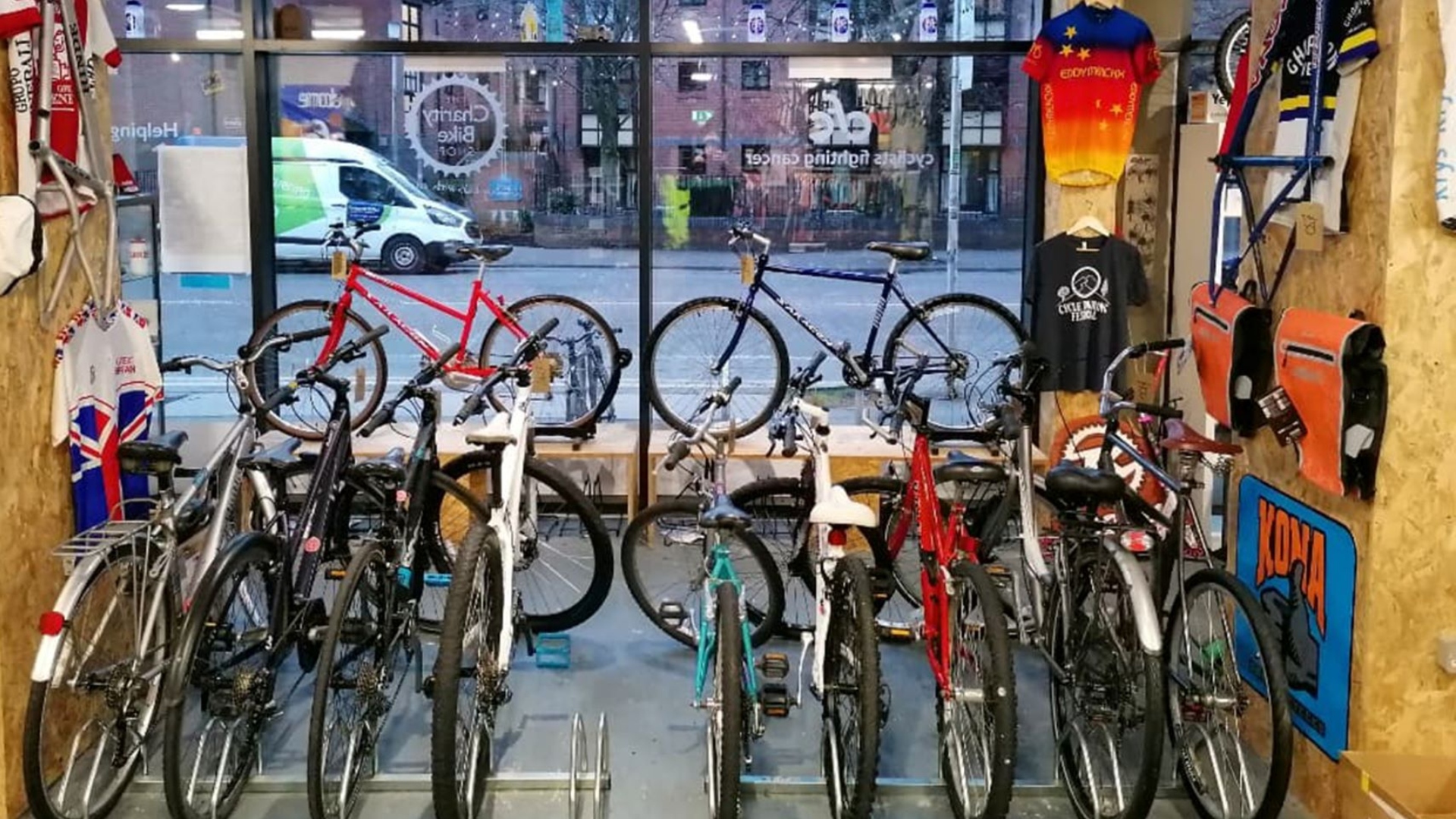
There are three Charity Bike Shops in the UK: in Manchester, Stratford-upon-Avon and Cheltenham.
All revenue from the stores goes back to the charity Cyclists Fighting Cancer, which gives new lightweight bikes, tandems and adapted bikes to children and their families who have lived, or are living with cancer.
“We should probably capture more information on how much we save from going to landfill, but we turn around 15 to 20 bikes a week in terms of refurbishment and where they are sold for a profit, which goes directly to the Cyclists for Cancer charity,” says Adam Thomson.
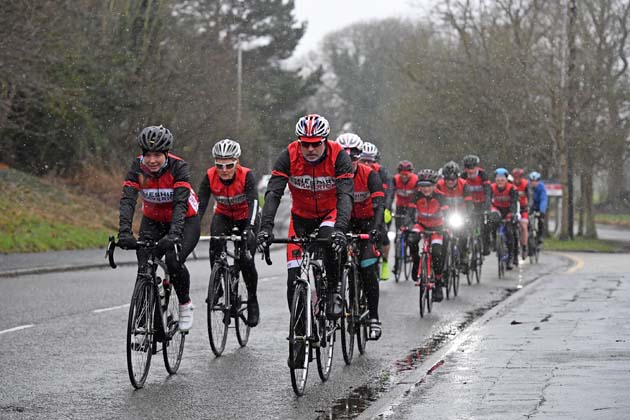
Winter in your home country will toughen you up and cool the world down
10. Rethink your overseas training camp
It’s an uncomfortable truth, but flying with your bike will undo all of the above changes.
According to carbon calculator, Myclimate, a return flight to cycling hotspot Mallorca from London is in the region of 500CO2e. While you can offset your emission in supporting a carbon offset project for around £13, truth be told most of us don’t need a training camp abroad at all.
Instead, check out our guide on cycling holidays in the UK for ideas on the best road and gravel routes to try in Britain.
False claims
Sustainability claims can read like a fruit salad of initiatives and aims that are hard to unpick.
Legislation is still a slow churn. The good news is that in the UK the Competition and Markets Authorities’ (CMA) new Green Claims Code means retailers must make sure that their eco claims aren’t vague and that they are backed up with information/evidence that is easy for the consumer to access and understand.
If a consumer believes a retailer is using misleading claims, they can report it to the CMA at misleadinggreenclaims@cma.gov.uk. Consumers can also reach out to the Advertising Standards Agency if they have concerns about misinformation and harmful ‘green’ statements in advertising.

Thank you for reading 20 articles this month* Join now for unlimited access
Enjoy your first month for just £1 / $1 / €1
*Read 5 free articles per month without a subscription

Join now for unlimited access
Try first month for just £1 / $1 / €1
Hannah is Cycling Weekly’s longest-serving tech writer, having started with the magazine back in 2011. She has covered all things technical for both print and digital over multiple seasons representing CW at spring Classics, and Grand Tours and all races in between.
Hannah was a successful road and track racer herself, competing in UCI races all over Europe as well as in China, Pakistan and New Zealand.
For fun, she's ridden LEJOG unaided, a lap of Majorca in a day, won a 24-hour mountain bike race and tackled famous mountain passes in the French Alps, Pyrenees, Dolomites and Himalayas.
She lives just outside the Peak District National Park near Manchester UK with her partner, daughter and a small but beautifully formed bike collection.
-
 The thing that bothers me most when I look back at old school training is that right now we’re doing something equivalently misguided
The thing that bothers me most when I look back at old school training is that right now we’re doing something equivalently misguidedOur columnist's old training diaries reveal old-school levels of lunacy
By Michael Hutchinson Published
-
 Aero bikes with gravel wheels?: Six tech insights from Paris-Roubaix Femmes
Aero bikes with gravel wheels?: Six tech insights from Paris-Roubaix FemmesEverything we found out about tyre widths, self-inflating systems, and wheel choices from the cobbled Monument
By Tom Davidson Published